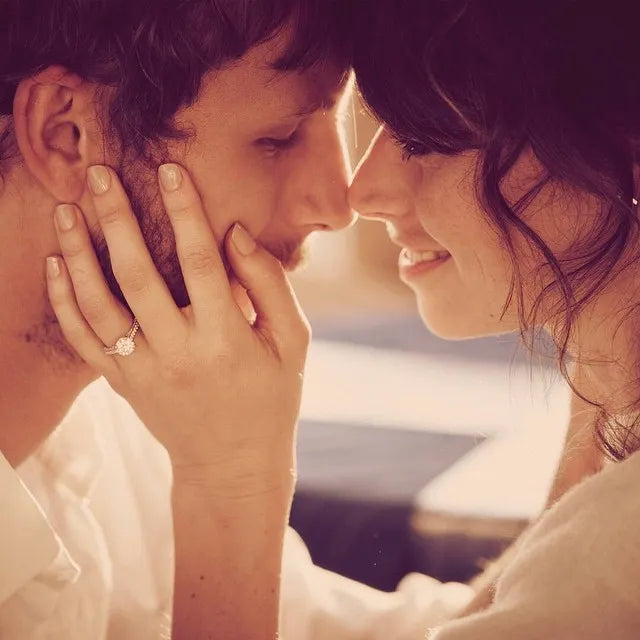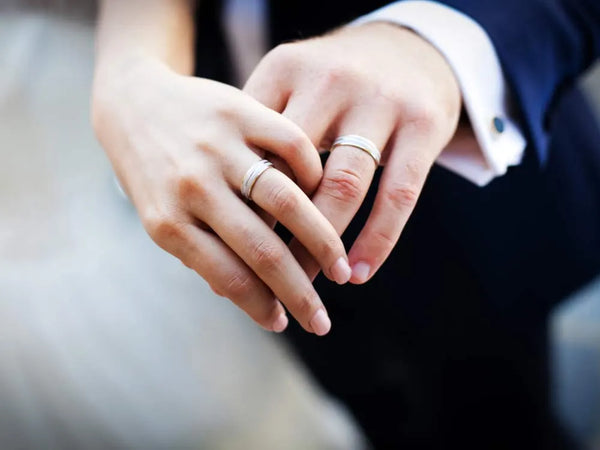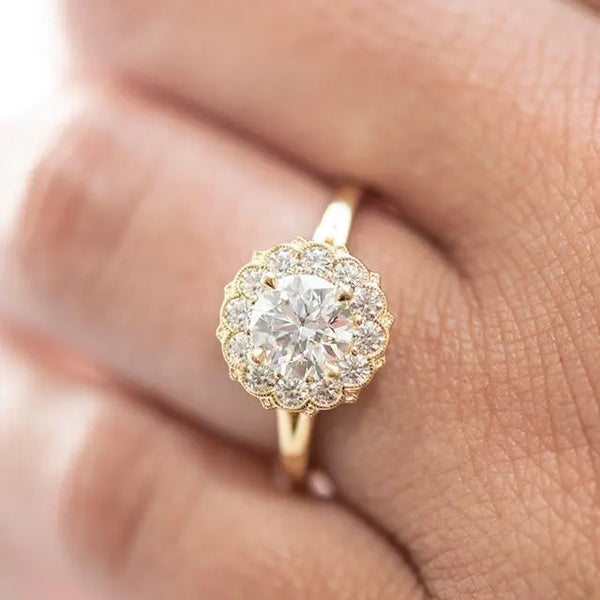
Rings can be worn on just about any finger, of course, but there’s one that is designated as the “ring finger.”In the U.S. it is traditionally the finger between your middle finger and pinky. Other countries have different traditions: Eastern European countries, Greece, and Orthodox Christians are often seen with wedding rings worn on the right hand.
 Photo credit: heartsonfire.com
Photo credit: heartsonfire.com
But is there something particularly special about that finger? The Romans believed so. It’s believed that the tradition of wearing a ring to signify your relationship status began because ancient Rome believed the fourth finger to have a vein that runs directly to the heart. We know now that all fingers have veins going to the heart, but The Romans believed the Vena Amoris, or “Vein of Love,” was a direct channel. That particular finger represents affection, love, and creativity.
The tradition of the wedding band originated 4,800 years ago in Egypt. The circle shape represents eternity and the infinite, and exchanging rings means a couple commits to one another forever. It’s amazing to think that such a powerful tradition that hasn’t wavered for several millennia.
 Photo credit: canab.com
Photo credit: canab.com
The way wedding bands are worn, however, changes depending on certain religions and local customs. In Columbia and Brazil, the tradition is for brides and grooms to wear engagement bands on their right hands and move them to the left on the wedding day. Germany and the Netherlands have the same tradition, but the rings move from left to right. Same-sex couples often wear a band on the right to signify a monogamous relationship, whether married or in a long-term partnership.
 Photo credit: heartsonfire.com
Photo credit: heartsonfire.com
Compared to the 5000-year history of wedding rings, the engagement ring is a more recent custom. In 1477, Archduke Maximillian of Austria presented his fiancé, Mary of Burgundy, with a diamond ring in the shape of an M. The tradition of a diamond and gemstone engagement ring came and went from 1477 through the mid-1900s. Aristocrats and the wealthy certainly opted for the more opulent, while people of middle and lower incomes choose rings made of wood, stone, or a simple metal.
Through it all, the position of the ring has always remained consistent. The ring finger of the right or left hand is recognized virtually around the world. Despite changes in the materials, eras, or customs, the wedding ring continues to be a token of a couple’s love and commitment to each other.


